Home>Home Appliances>Home Automation Appliances>How To Lock Your Thermostat
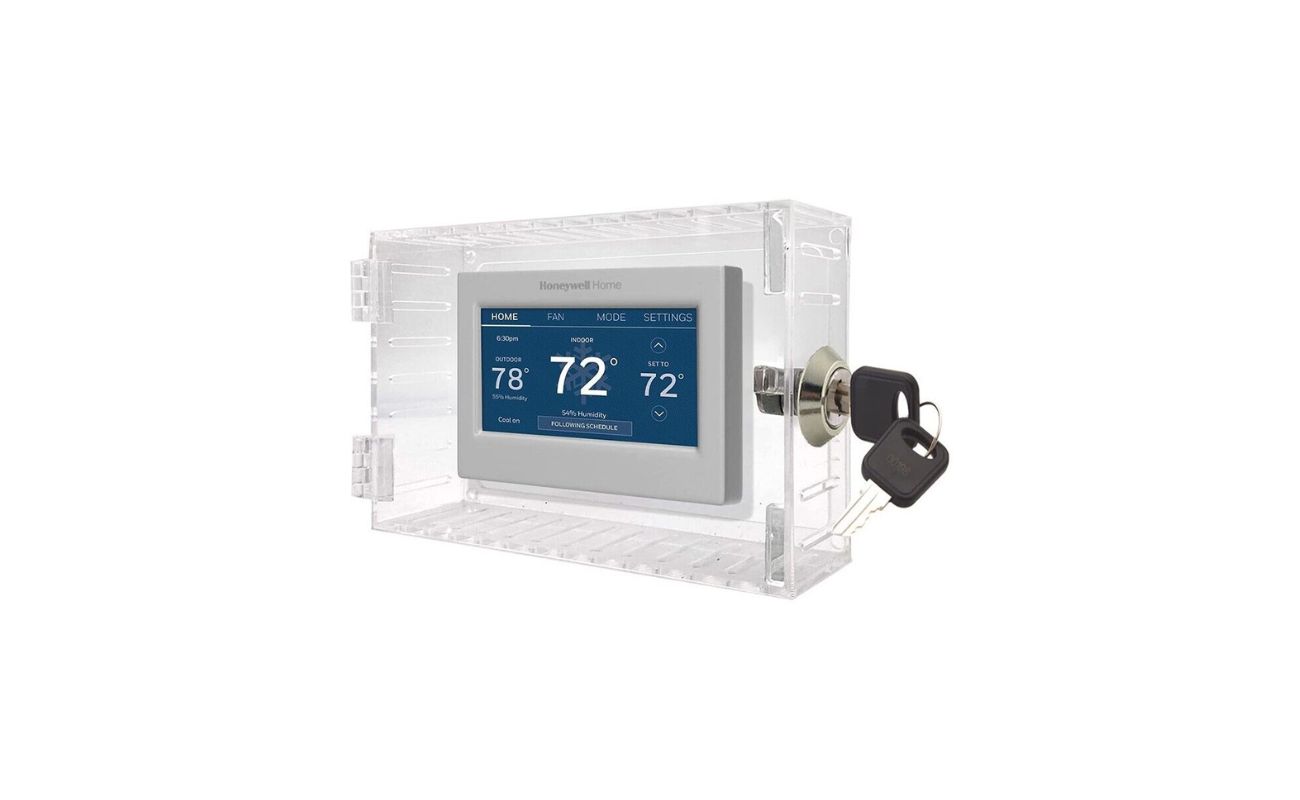

Home Automation Appliances
How To Lock Your Thermostat
Modified: March 1, 2024
Learn how to lock your thermostat for added security and control in your smart home. Explore home automation appliances and take control of your energy usage today.
(Many of the links in this article redirect to a specific reviewed product. Your purchase of these products through affiliate links helps to generate commission for Storables.com, at no extra cost. Learn more)
Introduction
Welcome to the era of smart home technology, where every aspect of our living spaces can be controlled and optimized for comfort and efficiency. One of the key components of a smart home is the thermostat, which regulates the temperature and ensures a cozy environment. However, with great convenience comes the need for security and control. This is where the concept of locking your thermostat comes into play.
Locking your thermostat provides a layer of protection and control over the temperature settings, ensuring that they remain within the desired range. Whether you want to prevent unauthorized adjustments, conserve energy, or maintain a specific temperature for health or comfort reasons, a thermostat lock can be a valuable addition to your home.
In this article, we will explore the reasons for locking your thermostat, the types of thermostat locks available, the installation process, and essential tips for using a thermostat lock effectively. By the end, you will have a comprehensive understanding of how to secure and manage your thermostat to suit your specific needs and preferences.
Key Takeaways:
- Secure your thermostat with a lock to save energy, maintain a comfortable temperature, and prevent unauthorized adjustments, ensuring a cozy and secure home environment.
- Choose the right thermostat lock, follow installation guidelines, and establish access protocols to effectively manage and optimize temperature control while promoting energy conservation and security.
Read more: How To Unlock A Locked Thermostat
Why Lock Your Thermostat
Locking your thermostat offers several compelling benefits, making it a practical and valuable addition to your home automation setup. Here are some reasons why you might consider implementing a thermostat lock:
- Energy Conservation: By restricting unauthorized access to temperature settings, a thermostat lock can help prevent unnecessary adjustments that lead to energy waste. This is particularly beneficial for households or commercial spaces aiming to reduce their carbon footprint and lower utility costs.
- Temperature Control: For environments where maintaining a specific temperature is crucial, such as medical facilities, laboratories, or certain areas of a home, a thermostat lock ensures that the settings remain consistent and within the desired range, promoting comfort and well-being.
- Preventing Tampering: In shared living spaces, rental properties, or commercial settings, unauthorized adjustments to the thermostat can lead to discomfort, disputes, or excessive energy consumption. Locking the thermostat provides a solution to prevent tampering and maintain a harmonious temperature environment.
- Enhanced Security: By securing the thermostat settings, you can prevent unauthorized individuals from accessing your HVAC system, which can be a security concern in certain settings. This added layer of control contributes to the overall security of your home or business premises.
- Child Safety: In households with young children, a locked thermostat can prevent accidental or excessive adjustments that may compromise the indoor climate. This helps ensure a safe and comfortable environment for the entire family.
Whether the goal is to conserve energy, maintain specific temperatures, prevent tampering, enhance security, or promote child safety, locking your thermostat offers a practical solution to address these concerns. With a variety of thermostat lock options available, you can select the most suitable mechanism to align with your specific requirements and lifestyle.
Types of Thermostat Locks
Thermostat locks come in various forms, each offering unique features and levels of security. Understanding the different types of thermostat locks can help you choose the most suitable option for your specific needs. Here are some common types of thermostat locks:
- Keyed Locks: These locks require a physical key to access and adjust the thermostat settings. Keyed locks provide a high level of security, as only individuals with the designated key can make changes. They are ideal for commercial settings, rental properties, and situations where strict control over temperature adjustments is necessary.
- Lock Boxes: A lock box encases the thermostat, preventing direct access to the controls. The box is secured with a key or combination lock, ensuring that only authorized individuals can access the thermostat settings. Lock boxes are versatile and can accommodate various thermostat models, making them a popular choice for both residential and commercial applications.
- Touchscreen Locks: These modern thermostat locks feature a touchscreen interface with password protection. Users must enter a designated code to access and modify the temperature settings. Touchscreen locks offer a sleek and user-friendly design, making them a popular choice for homeowners seeking a blend of security and convenience.
- Smart Locks: Leveraging the capabilities of smart home technology, smart locks enable remote access and control of the thermostat settings through a smartphone app or web interface. Users can set access permissions, receive notifications, and monitor temperature adjustments from anywhere, providing a high level of flexibility and convenience.
- Keypad Locks: Similar to touchscreen locks, keypad locks require users to input a designated code to access the thermostat controls. Keypad locks offer a reliable and straightforward method of securing the thermostat, making them suitable for various residential and commercial settings.
Each type of thermostat lock presents distinct advantages in terms of security, accessibility, and functionality. When selecting a thermostat lock, consider factors such as the level of security required, user convenience, compatibility with your existing thermostat, and integration with your home automation system. By choosing the right type of lock, you can effectively safeguard your thermostat while ensuring seamless temperature management in your living or work environment.
Consider using a lock box or guard to cover your thermostat and prevent unauthorized adjustments. This can help save energy and maintain a comfortable temperature in your home.
How to Install a Thermostat Lock
Installing a thermostat lock is a straightforward process that typically does not require extensive technical expertise. The specific steps may vary based on the type of lock you choose, but the following general guidelines can help you navigate the installation process:
- Choose the Right Lock: Select a thermostat lock that is compatible with your existing thermostat model and suits your security and usability preferences. Consider factors such as key access, touchscreen functionality, or smart capabilities based on your specific requirements.
- Prepare the Area: Before installation, ensure that the area around the thermostat is clear and accessible. Remove any obstructions or decorative elements that may hinder the installation process.
- Turn Off Power: For safety purposes, turn off the power supply to your HVAC system at the circuit breaker. This precaution prevents electrical mishaps during the installation process.
- Remove the Existing Cover: If your thermostat has an existing cover or locking mechanism, carefully remove it to access the internal components. Follow the manufacturer’s instructions for disassembling the cover or lock.
- Install the Lock Mechanism: Depending on the type of lock, follow the provided instructions to install the locking mechanism securely around the thermostat controls. For key-based locks or lock boxes, ensure that the key or combination mechanism is functioning correctly.
- Test the Lock: Once the lock is in place, test its functionality to ensure that it securely restricts access to the thermostat settings. Verify that the lock does not impede the normal operation of the thermostat controls.
- Restore Power and Settings: After confirming that the lock is installed correctly, restore power to the HVAC system and adjust the thermostat settings as needed. Familiarize yourself with the lock’s operation and ensure that authorized users can access the thermostat as intended.
- Review User Instructions: If the lock includes specific user instructions or security codes, ensure that authorized individuals are familiar with the access procedures and any designated codes or keys required to adjust the thermostat settings.
It is essential to follow the manufacturer’s guidelines and any provided installation instructions when installing a thermostat lock. If you encounter any challenges during the installation process, consult the product manual or seek assistance from a qualified technician to ensure that the lock is installed securely and functions as intended.
Tips for Using a Thermostat Lock
Effectively utilizing a thermostat lock involves more than just installing the device. By implementing the following tips, you can maximize the benefits of a thermostat lock while ensuring a seamless experience for authorized users:
- Establish Access Protocols: Clearly communicate the access protocols to individuals who are authorized to adjust the thermostat settings. Whether using keys, codes, or smart access methods, ensure that authorized users understand the procedures for accessing the thermostat controls.
- Set Temperature Limits: Define temperature limits or ranges that align with your comfort preferences and energy-saving goals. By establishing preset temperature parameters, you can prevent excessive adjustments while maintaining a comfortable indoor environment.
- Regularly Monitor Settings: Periodically review the thermostat settings to ensure that they align with your desired temperature settings and energy conservation objectives. This practice helps identify any unauthorized adjustments and allows for timely corrections.
- Provide User Training: If applicable, provide training to individuals who will be interacting with the thermostat lock. Ensure that they understand how to operate the lock and adjust the settings within the designated parameters.
- Utilize Smart Features: If your thermostat lock offers smart capabilities, take advantage of remote access and monitoring features. Utilize the associated app or web interface to manage temperature settings, receive notifications, and track thermostat activity from anywhere.
- Secure Spare Keys or Codes: If using keyed or keypad locks, securely store spare keys or access codes in a designated location. This ensures that authorized individuals can retrieve them if needed while preventing unauthorized access.
- Maintain Lock Mechanisms: Regularly inspect and maintain the lock mechanisms to ensure proper functionality. Lubricate key locks if necessary, and replace batteries in smart locks or touchscreen interfaces as recommended by the manufacturer.
- Review Security Measures: Periodically assess the security measures in place to safeguard the thermostat lock. Consider updating access codes or reviewing user permissions to maintain a secure and controlled environment.
By implementing these tips, you can effectively manage and optimize the use of a thermostat lock within your home or business. This proactive approach ensures that the thermostat remains secure, the temperature settings are maintained within desired parameters, and authorized users can access the controls as needed.
Read also: 15 Amazing Thermostat Lock For 2024
Conclusion
Locking your thermostat provides a valuable means of safeguarding temperature settings, conserving energy, and maintaining a comfortable indoor environment. Whether you opt for a keyed lock, lock box, touchscreen lock, smart lock, or keypad lock, the choice to secure your thermostat aligns with various needs, from energy efficiency to security and child safety.
By understanding the types of thermostat locks available and following the installation guidelines, you can effectively implement a secure and controlled environment for temperature management. Additionally, utilizing the tips for using a thermostat lock ensures that authorized users can access the controls while maintaining the desired temperature parameters.
As smart home technology continues to evolve, thermostat locks offer a practical solution for enhancing security and control within residential and commercial settings. Whether you seek to prevent tampering, conserve energy, or maintain specific temperature requirements, a thermostat lock serves as a valuable addition to your home automation system.
Ultimately, the decision to lock your thermostat empowers you to create a comfortable, secure, and energy-efficient indoor environment while providing peace of mind regarding temperature management and control.
With the right thermostat lock in place and a clear understanding of its operation, you can confidently manage your home’s climate while promoting energy conservation and security.
Frequently Asked Questions about How To Lock Your Thermostat
Was this page helpful?
At Storables.com, we guarantee accurate and reliable information. Our content, validated by Expert Board Contributors, is crafted following stringent Editorial Policies. We're committed to providing you with well-researched, expert-backed insights for all your informational needs.
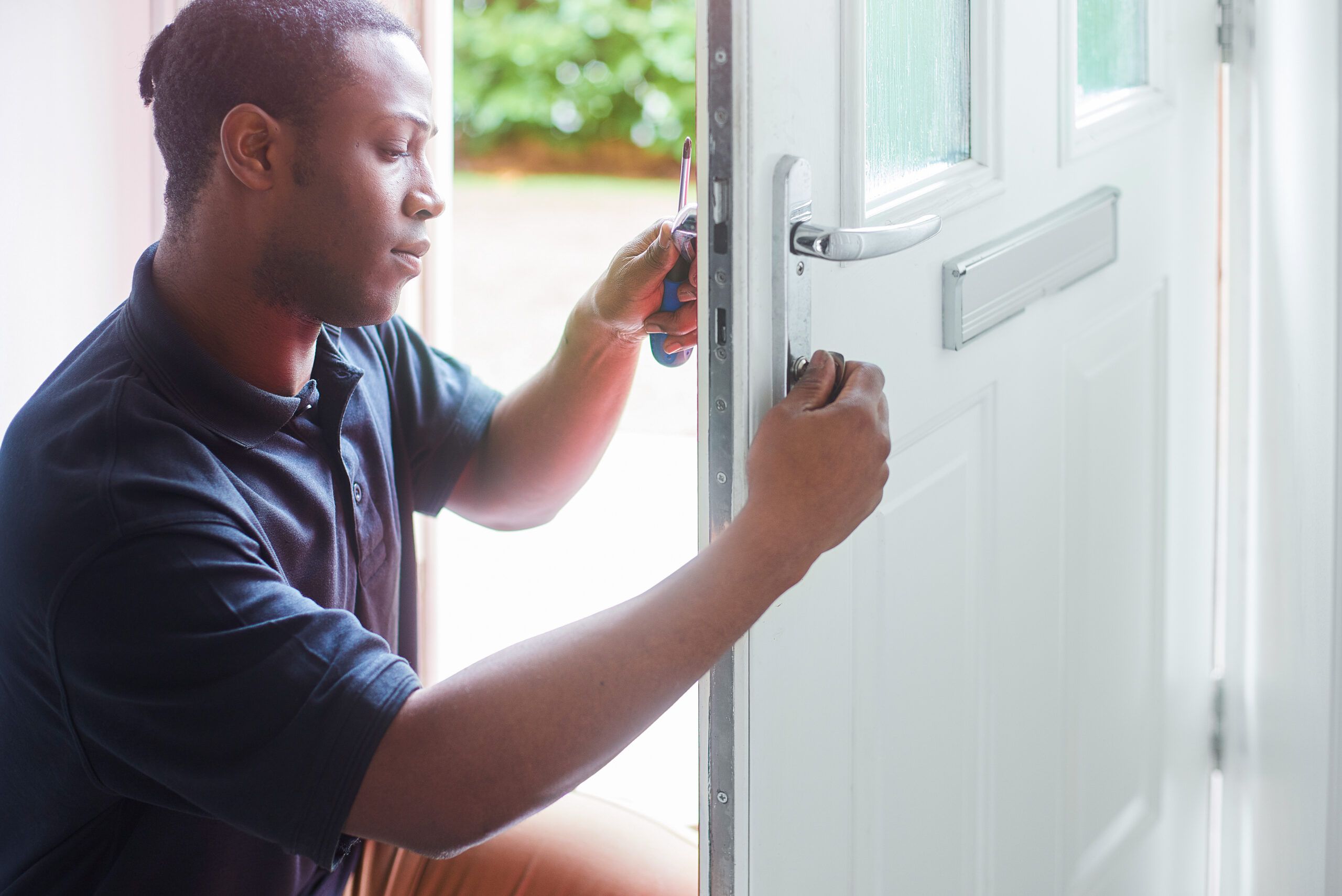
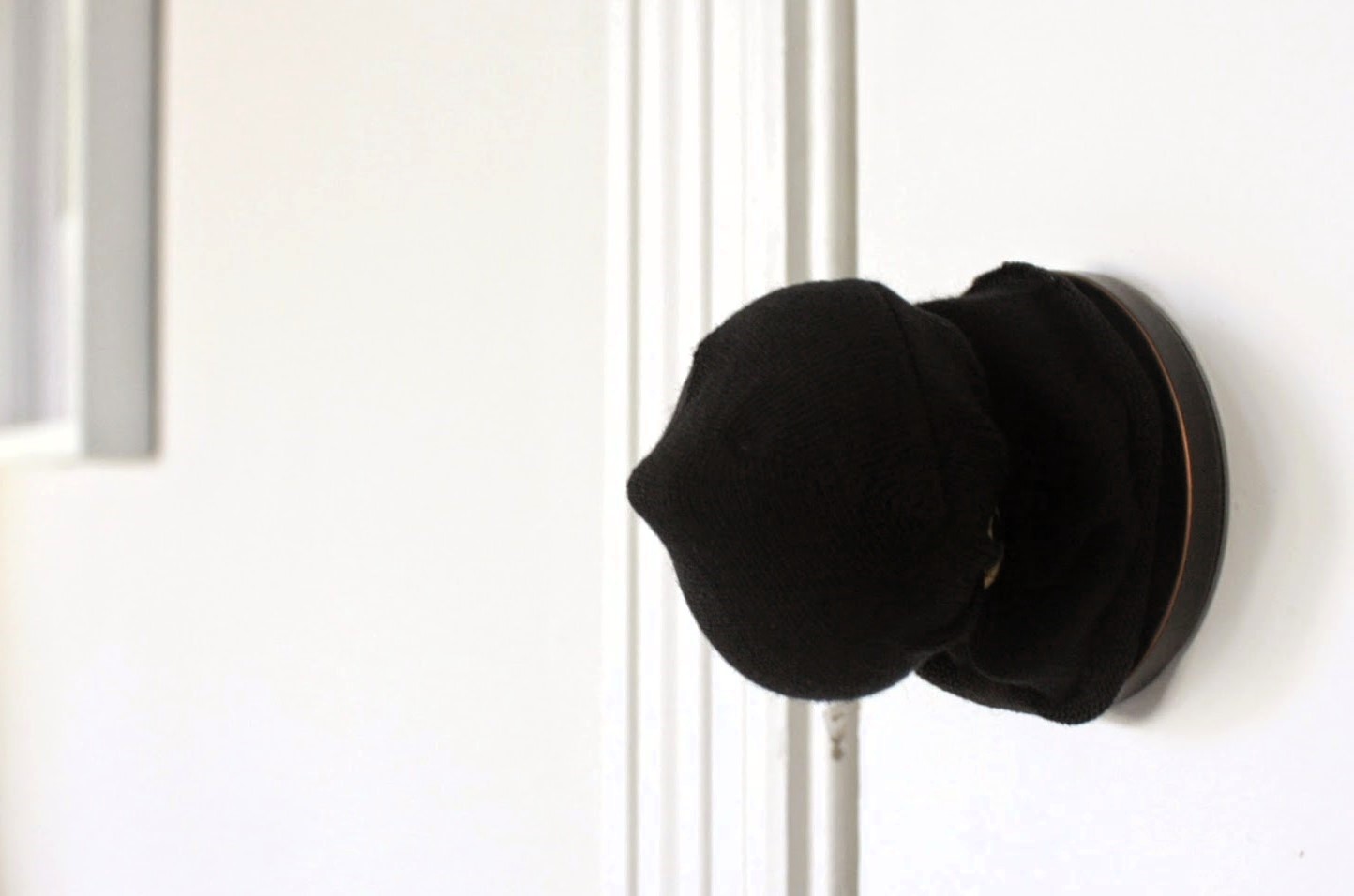
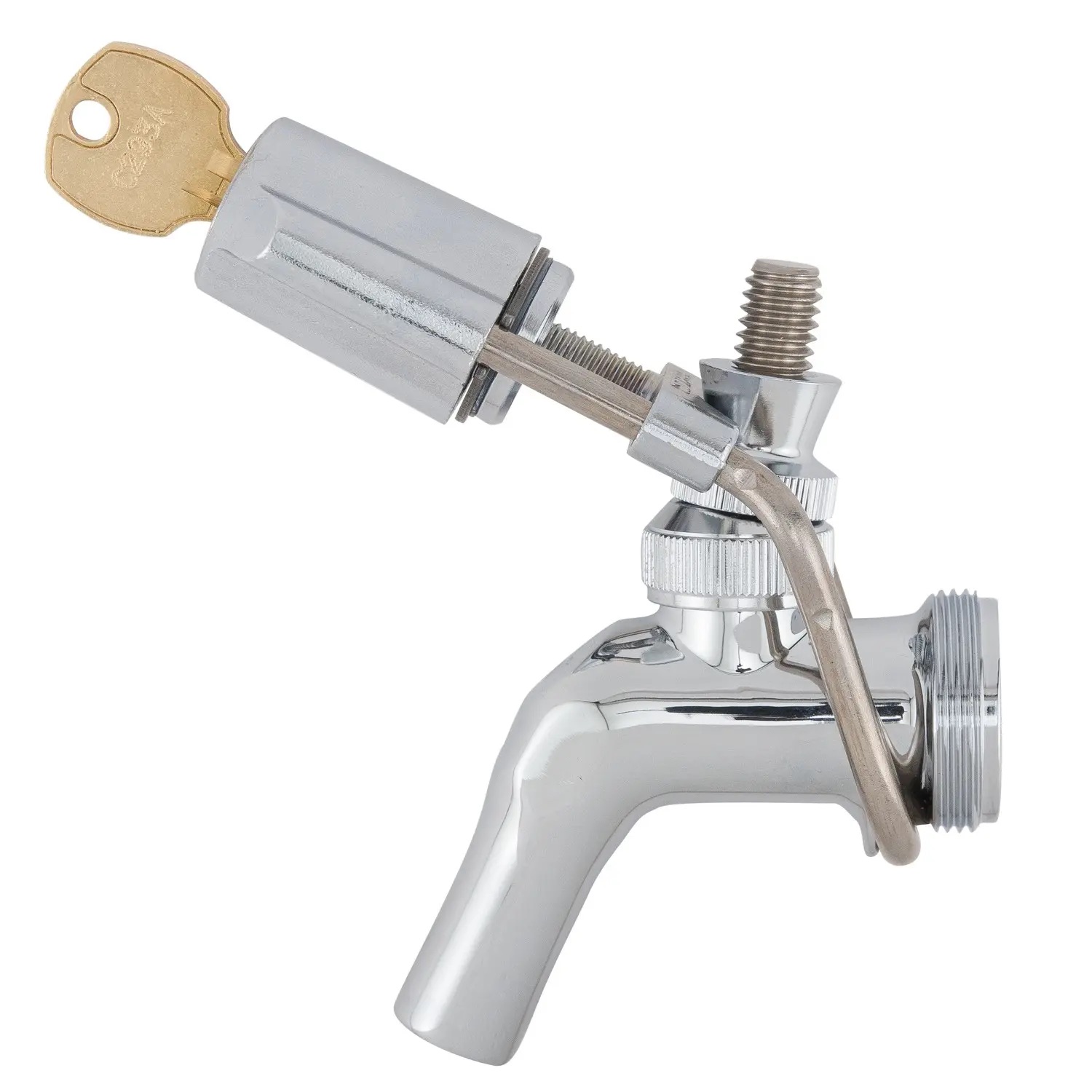
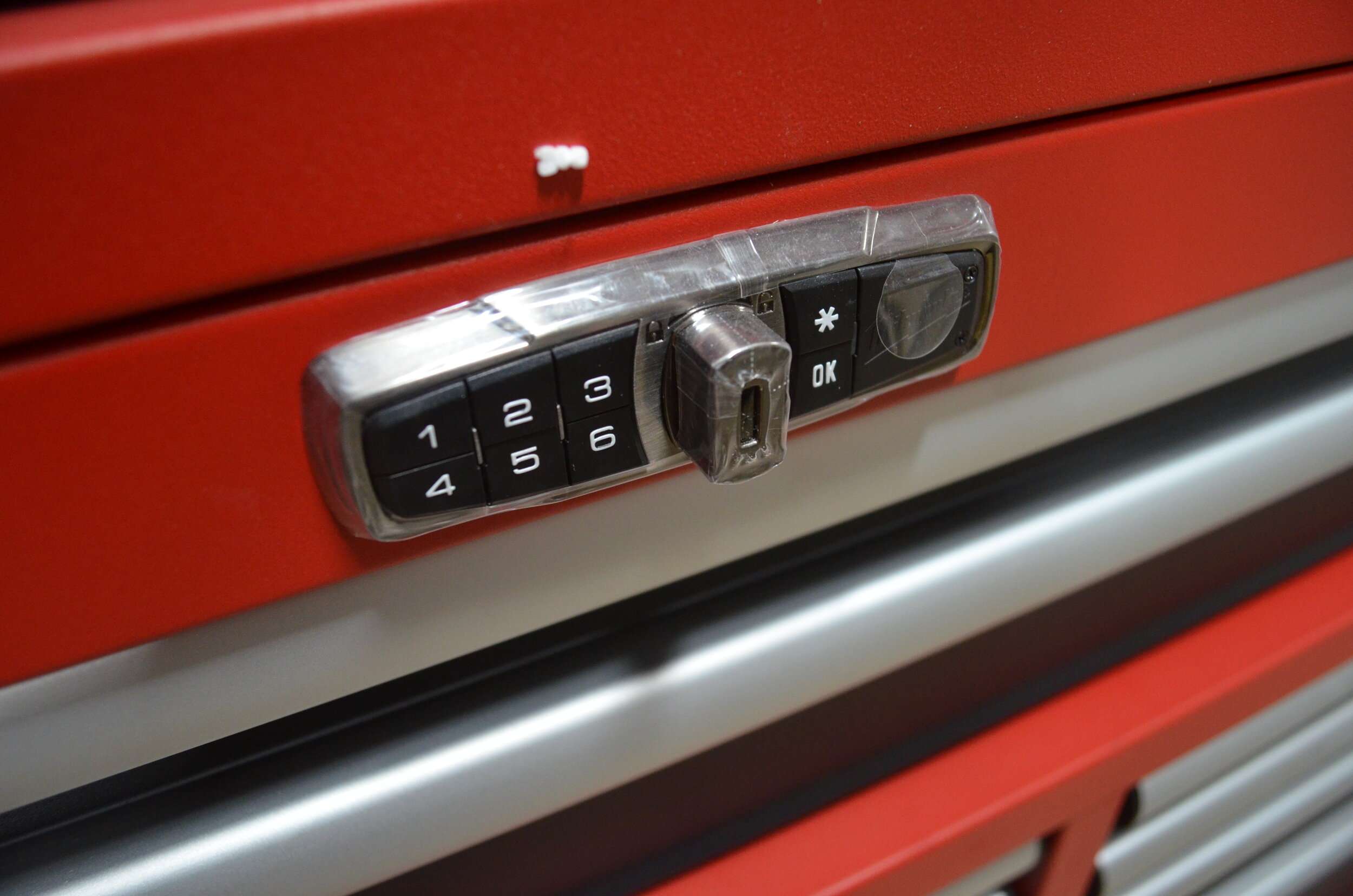
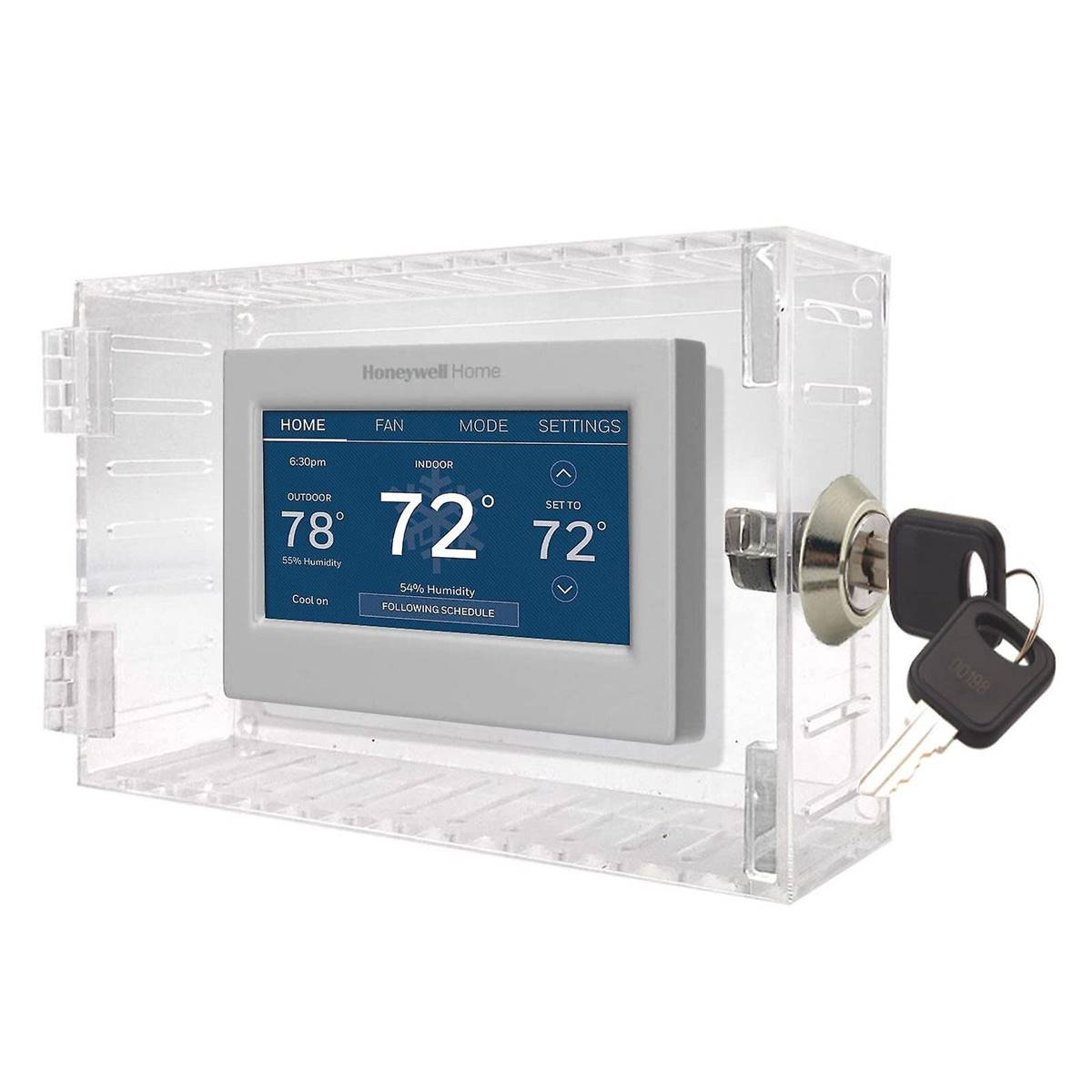
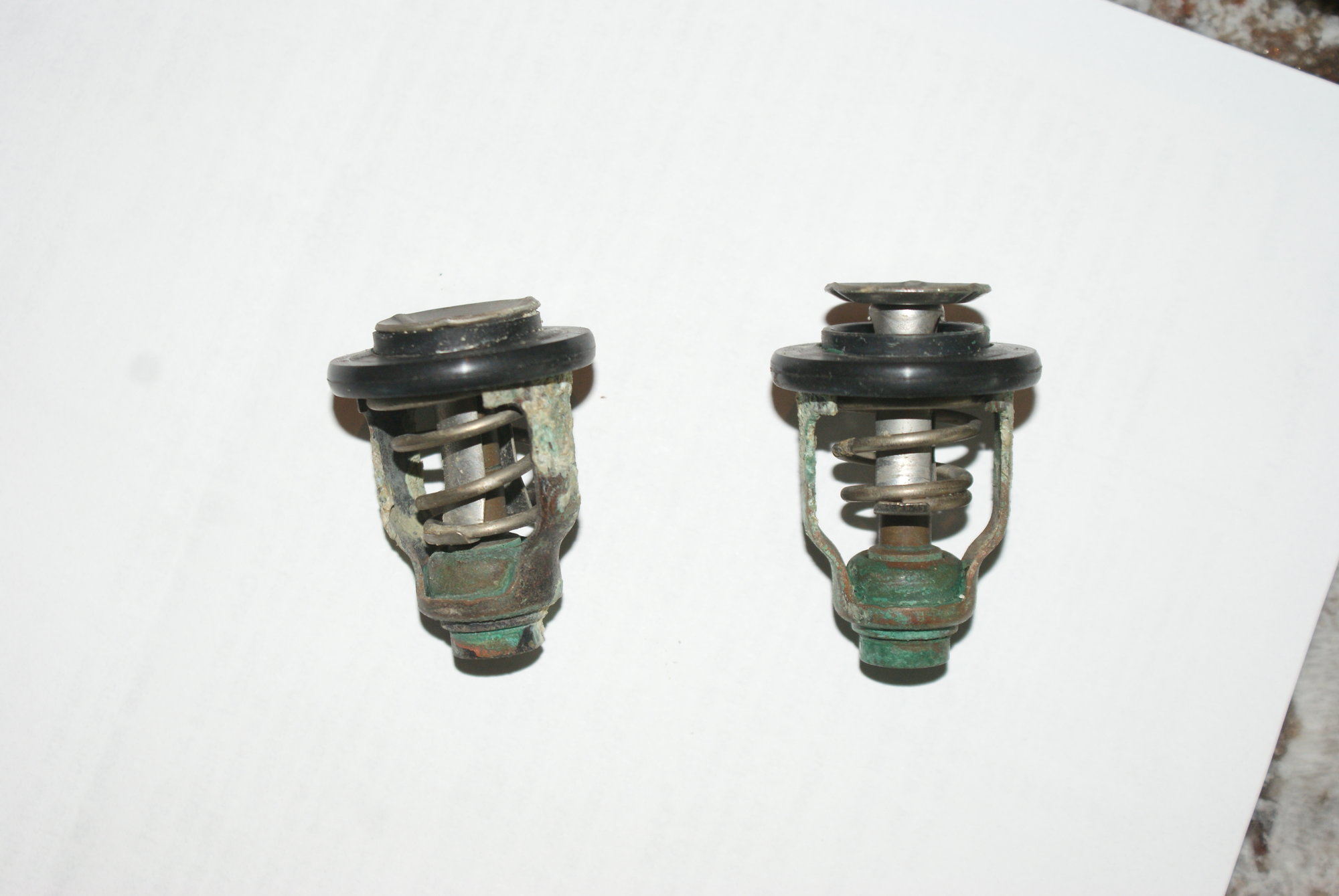
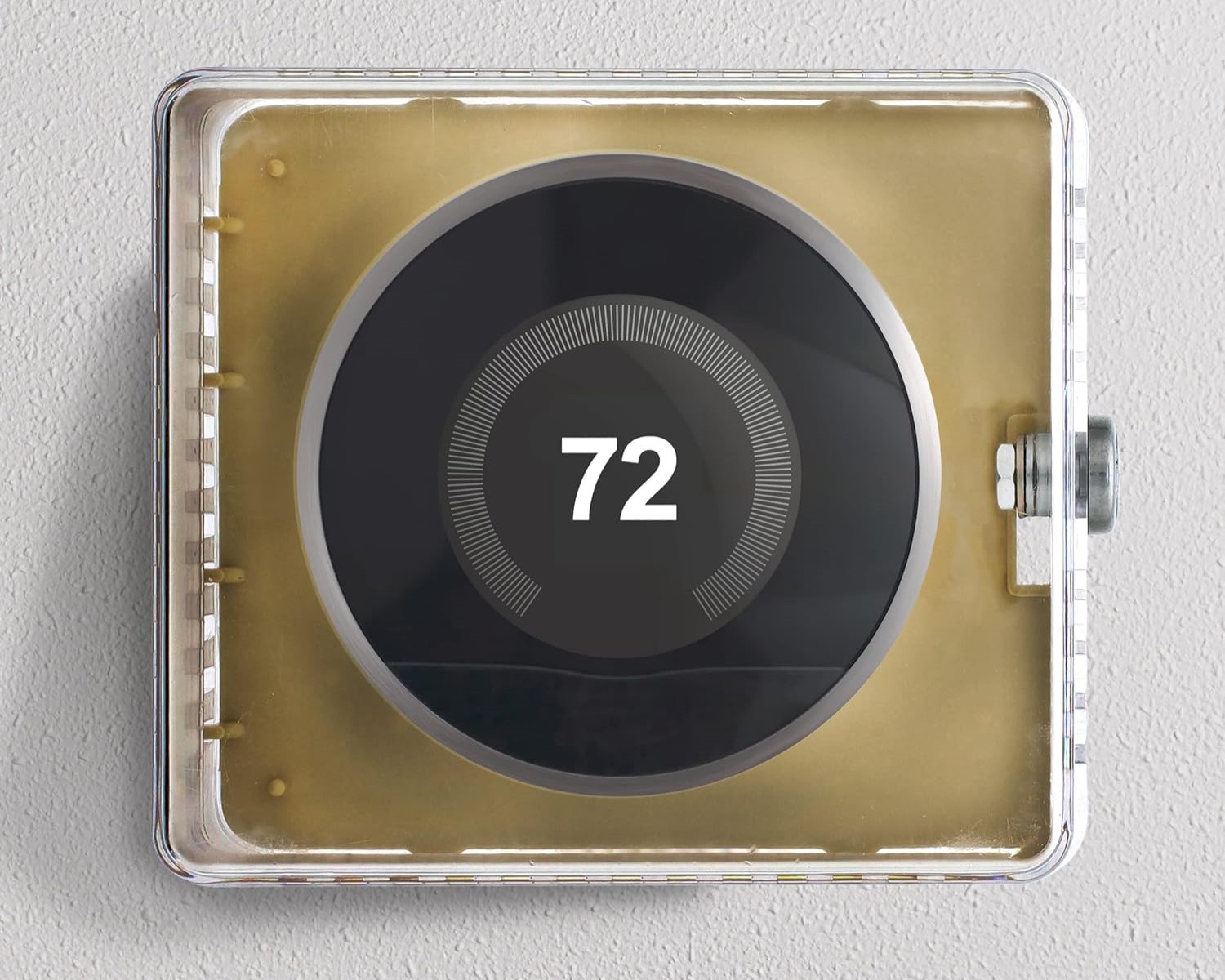
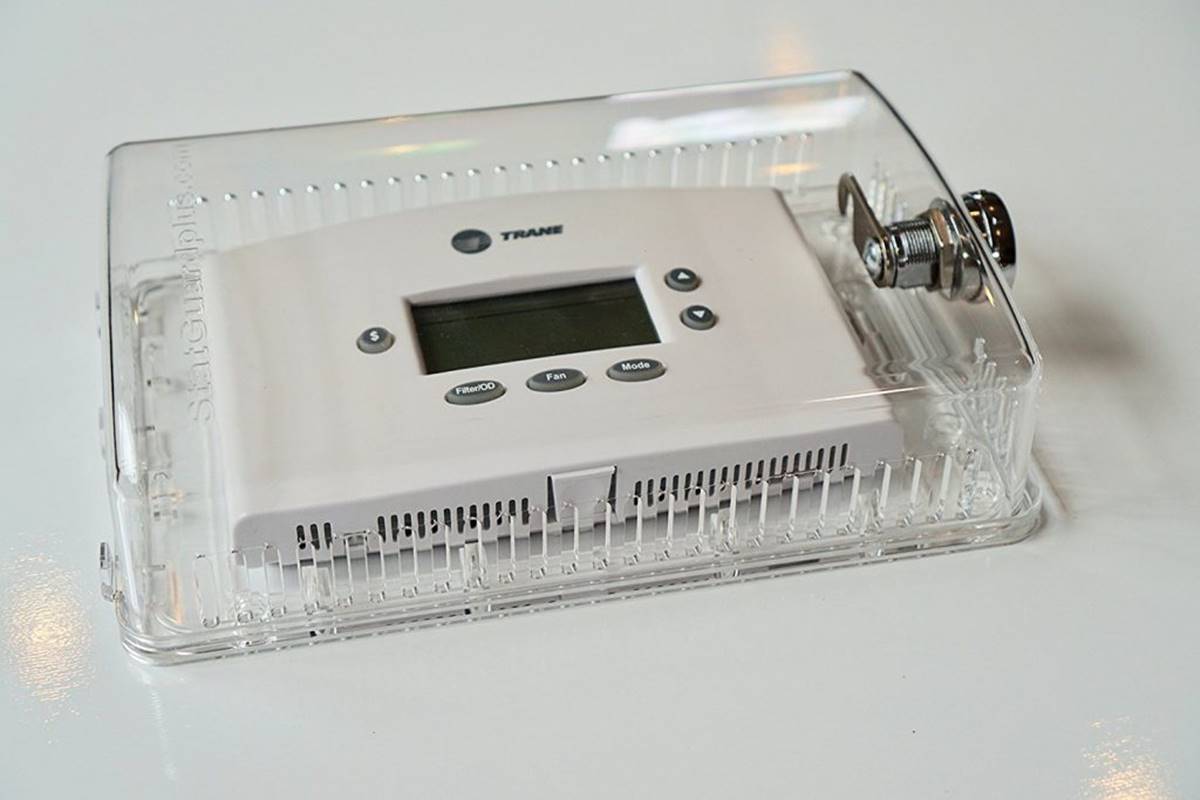
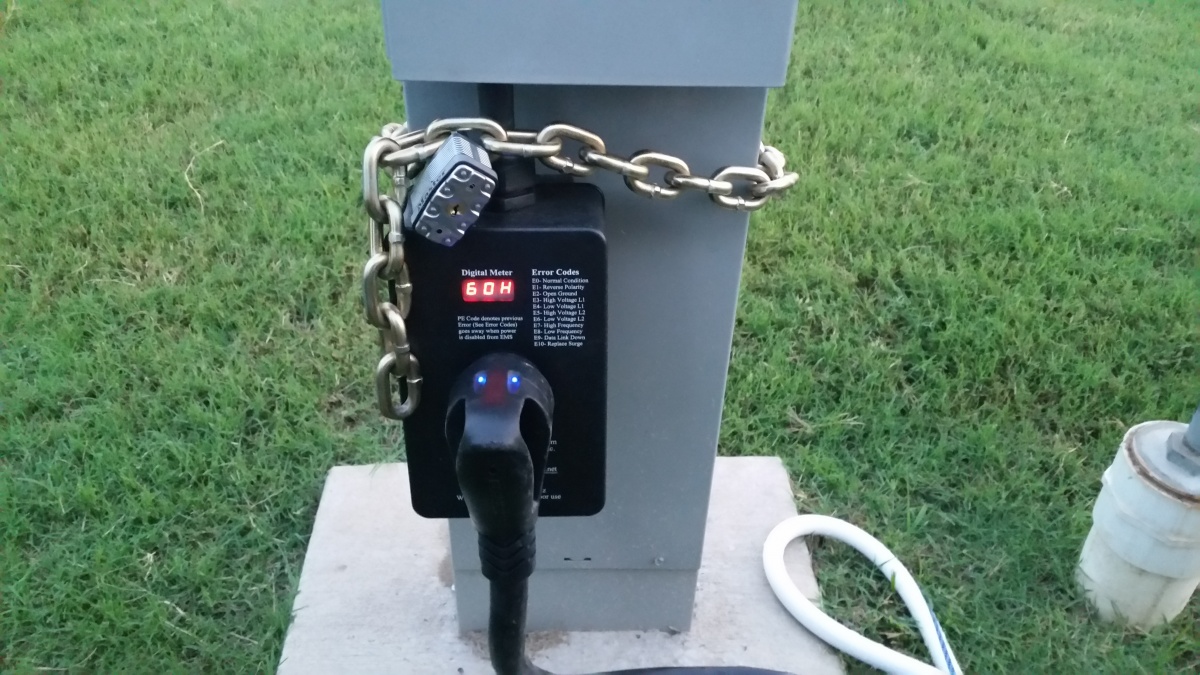
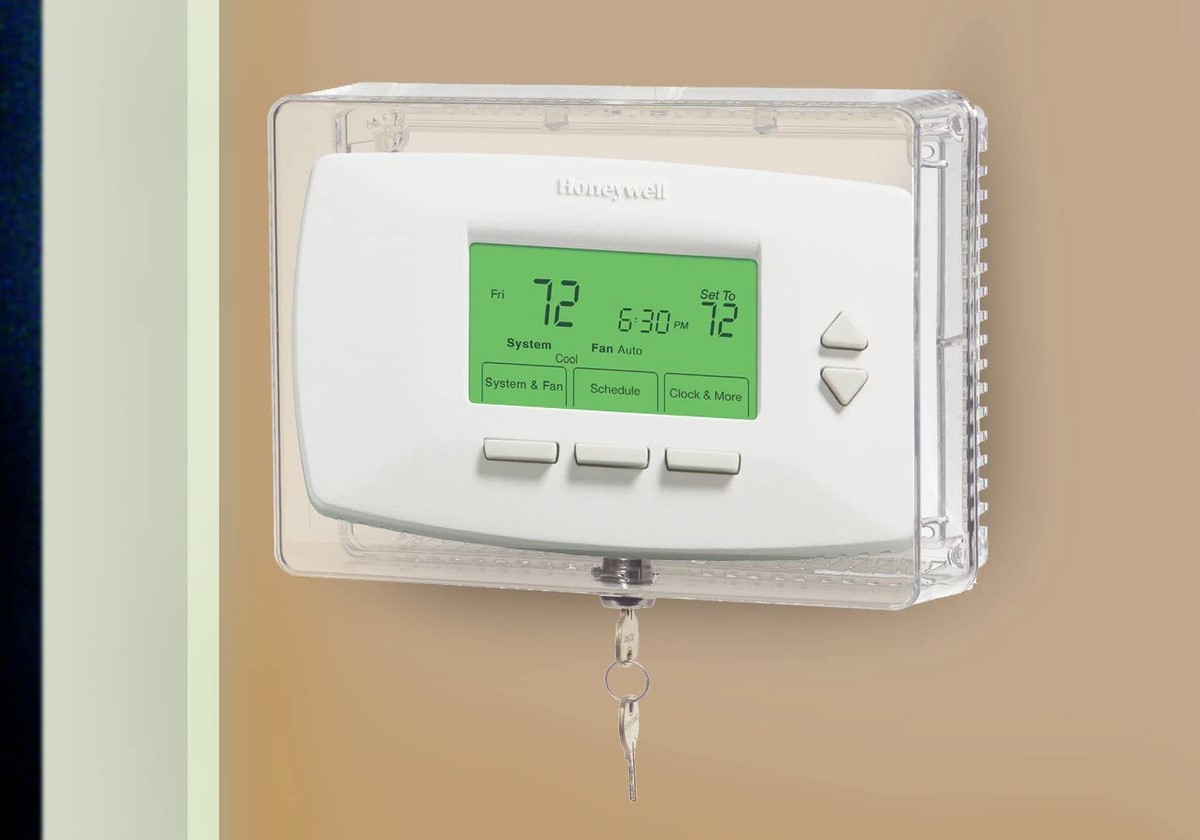
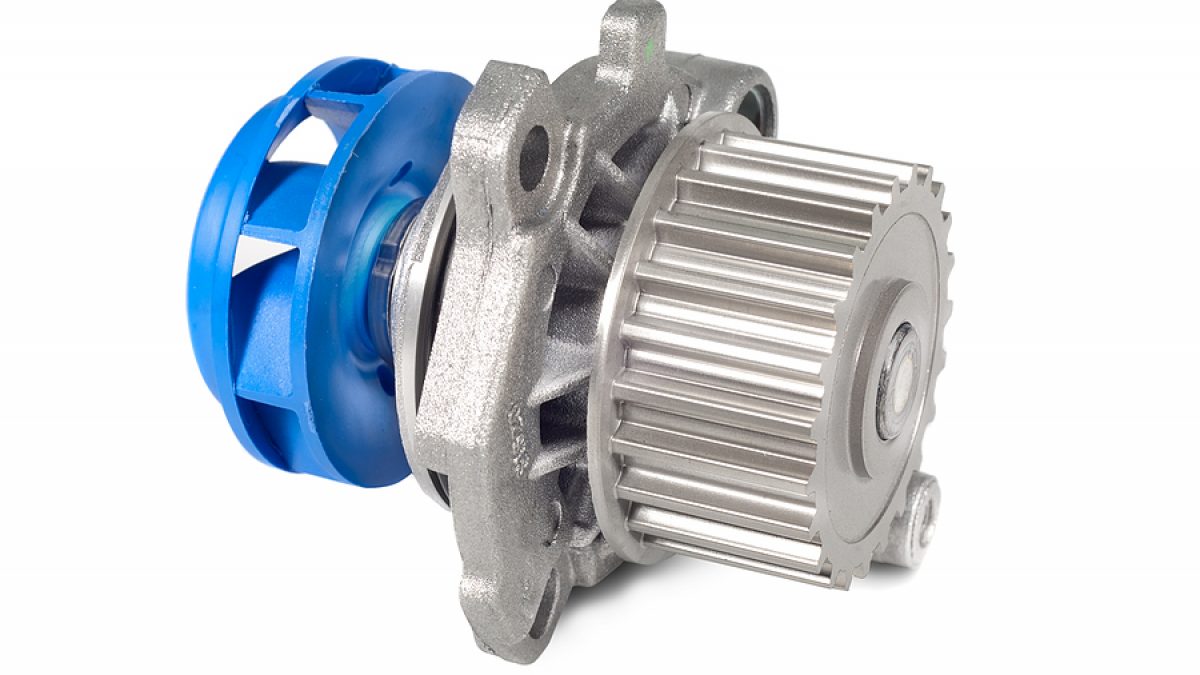
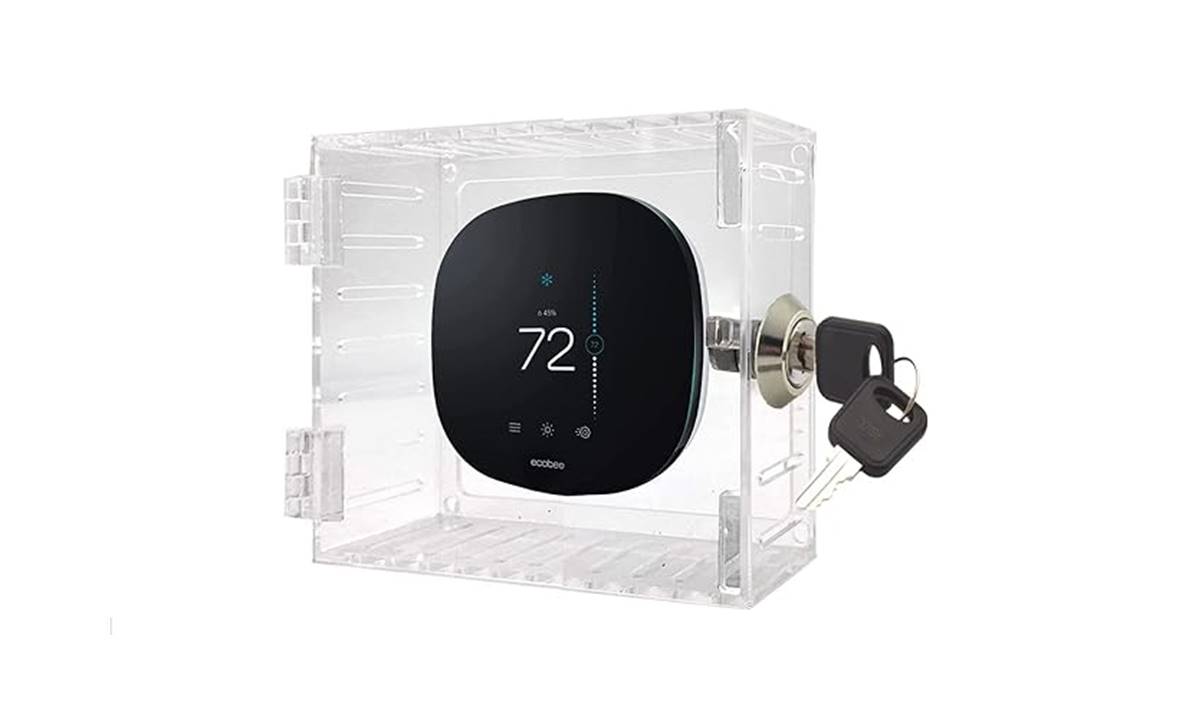
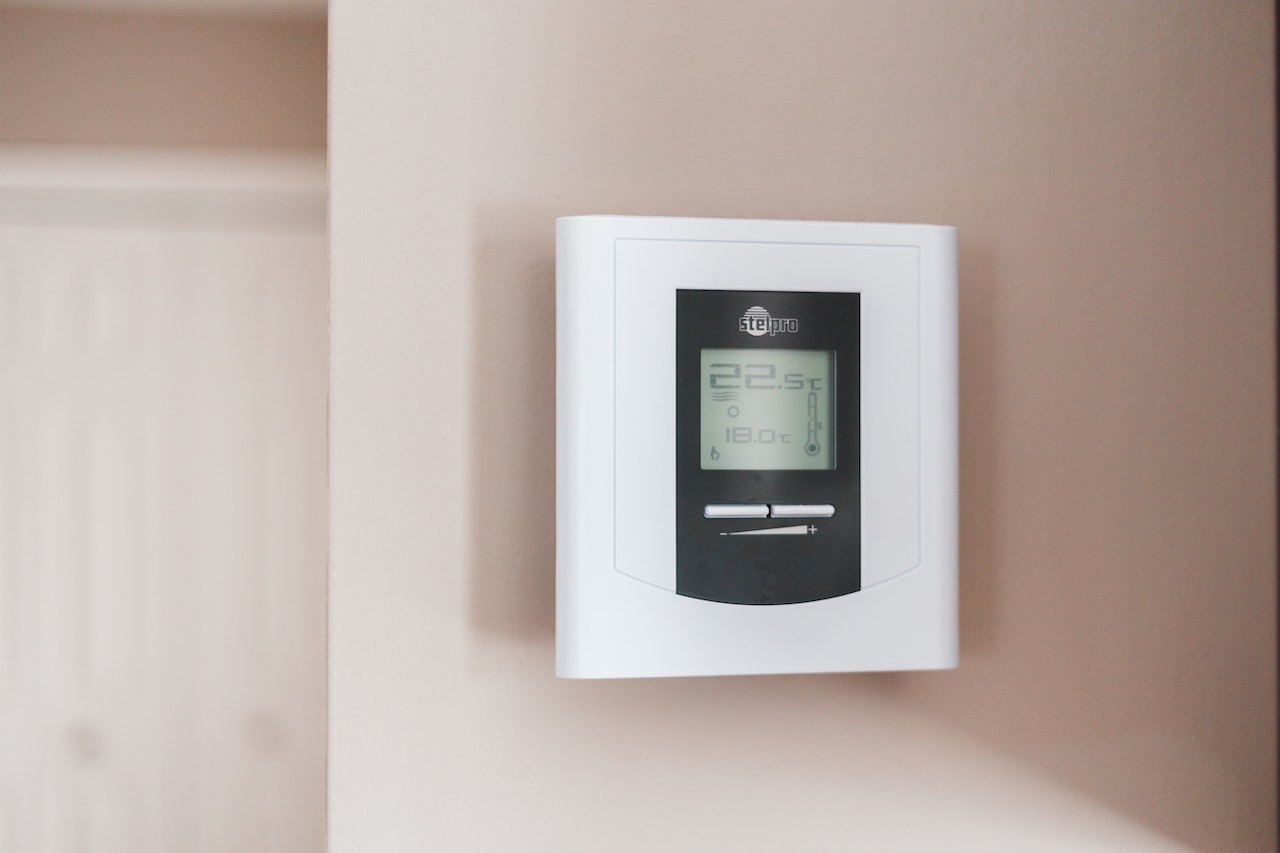
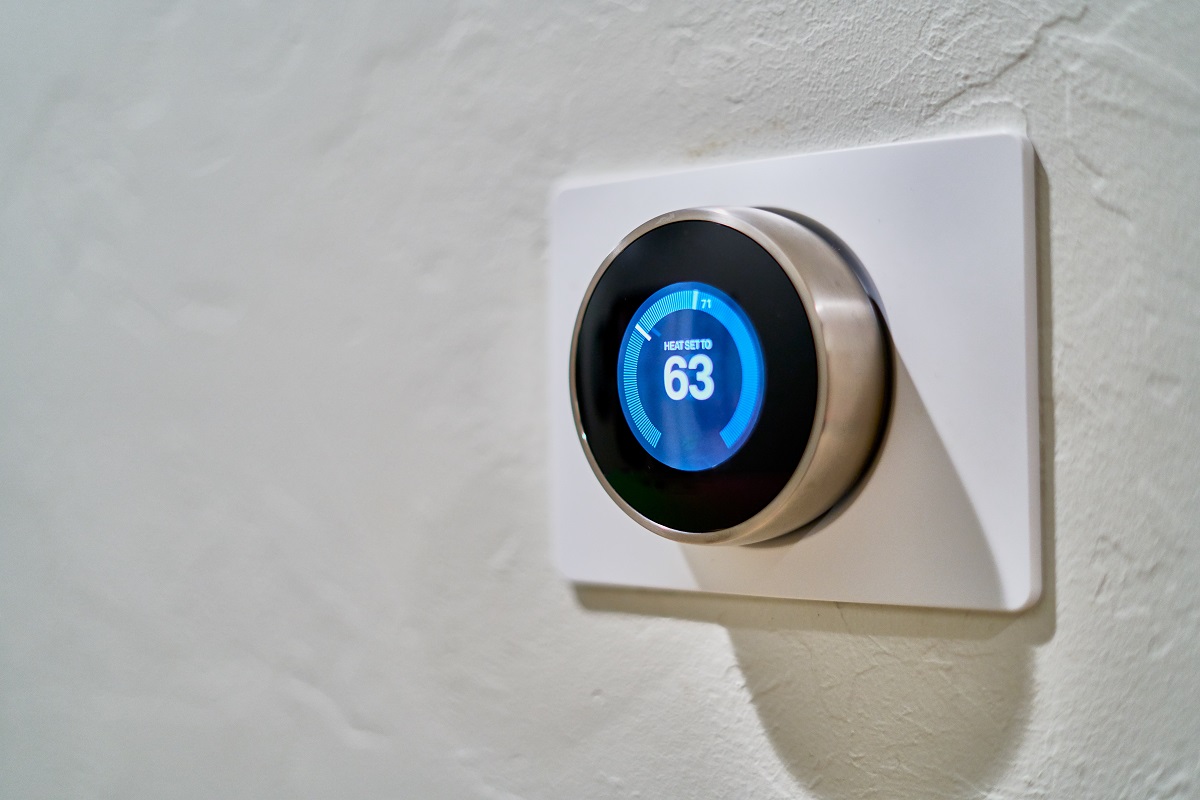

0 thoughts on “How To Lock Your Thermostat”